
Over 16,000 newly discovered photos show the beauty and hardships of old Japan.
These days, pretty much everyone has a smartphone with a camera in their pocket, making it easier than ever to capture random moments of everyday life for future generations to marvel at.
It wasn’t always this way, though — cameras were once bulky and expensive items that not everyone could afford, especially in post-war Japan, which makes photos from this time period all the more special.
While most of these photos of old Japan can only be accessed through public archives, one Japanese photographer found he didn’t have to go anywhere to view precious scenes from history. He recently found an SD card at home that had been given to him after his uncle passed away, and after slotting it into his computer, he ended up opening a portal to the past, because the card contained over 16,000 images taken by his grandfather back in the ’30s to ’60s.
▼ Some of the 16,084 old photos, painstakingly scanned by the grandfather’s son.
Shuhei Miyazawa, who received the SD card, is a photographer himself, which made the find even more precious. He decided to share his discovery with people on Twitter, and it didn’t take long for it to spark up a lot of interest, with his first tweet receiving over 90,000 likes online.
▼ “I was astonished to find another SD card entrusted to me by my uncle who passed away a few years ago! It contains over 10,000 photos taken by my grandfather during and after the war! Why didn’t I realise until now!”
驚いた、数年前に亡くなった伯父から預かったSDカード、もう一枚あった!入ってたのは戦中・戦後に祖父が撮影した写真で、1万枚以上ある!なんで今まで気付かんかったんや! pic.twitter.com/q9i89Y4bUd
— Shuhei Miyazawa (@room_909) May 11, 2022
This wasn’t the first SD card Miyazawa received after his uncle’s passing, but it’s the first to contain a treasure trove of photos chronicling life in post-war Japan. So let’s take a closer look at some of the precious photos Miyazawa discovered, starting with a photo of the man who took these images — Miyazawa’s grandfather, Takashi Miyazawa.
▼ “My grandfather, who studied lens engineering and astronomy. It’s thanks to my grandfather that I’m able to know about computers and own cameras. [Miyazawa is a web designer as well as a photographer, and he attributes these talents to his grandfather]. He died when I was 5 years old, but I wish I could’ve heard more about all his stories.”
レンズ工学・天文学をやってた、ウチのおじいちゃんです。おじいちゃんのお陰でコンピュータと出会えたし、カメラも持つようになったよ。僕が5歳の頃に亡くなったんやけど、もっといっぱい話が聞きたかったな。 pic.twitter.com/v4rZbOGSOX
— Shuhei Miyazawa (@room_909) May 11, 2022
Miyazawa’s grandfather would’ve been able to tell some amazing stories, judging by all the photos he took. Many of them date from the ’40s, during the period before and after the Second World War, which ended in August 1945. A lot of the images were taken in and around Kyoto, as the older Miyazawa worked at Kyoto University’s Kyotodaigaku Kasan Observatory until 1945.
▼ Takashi Miyazawa at work.
Some of the photos show famous sites in Kyoto, like the Kamo River…
▼ …and Sanjo Bridge, which crosses over the Kamo River.
▼ The bridge still looks remarkably similar, but no cows near Sanjo Bridge today.
Other photos in Kyoto show scenes of everyday life, like this old car with old Kyoto number plates.
The bright lights of Shijo-Omiya also make an appearance in this photo collection, showing us the predecessors of today’s giant LED screens.
These photos appear to date from the late ’50s, as this cinema was showing the 1957 Italian movie Le Notti Bianche (known as White Nights in the U.S.).
Overseas films weren’t the only type of popular entertainment on offer — kabuki performances were also being held at Kyoto’s Minami-za, in the same building that exists today, which was built in 1929.
Cinemas and playhouses were popular forms of escapism for residents, who had endured devastating air raids during the war.
After asking his relatives for more information about this particular series of photos, Miyazawa found they were taken on 14 or 15 March 1945, immediately after the bombing of Tokyo. These images were taken from the roof of the Osaka City Electricity Science Museum, at the request of a newspaper company.
Other reminders of the war include these two photos taken at the site of the statue of Takayama Hikokuro, a Japanese samurai and historian who lived from 1747 to 1793. The brass statue, which shows Takayama bowing towards Kyoto Imperial Palace, was originally erected in 1924, but it was removed in 1945 and melted down to boost metal supplies during the war.
▼ These photos appear to be images of the site before and after the statue’s removal.
▼ The statue was replaced in 1961, and can still be seen today.
Miyazawa’s grandfather was adept at recording big historic moments, but he had an eye for capturing finer details too, like the transition between old and new on the streets and railroads.
In the 1950s, the electrification of railway lines began, and in 1954 the government decided to end the use of steam trains.
▼ Following the war, fuels like gasoline were in short supply, so buses ran on wood gas generators.
▼ Miyazawa’s grandfather travelled extensively, capturing images of countryside life…
▼ …festivals…
▼ …amusement parks…
▼ …and other fun days out like this one, which Miyazawa believes to be Lake Biwa in Shiga Prefecture.
Miyazawa’s eye for detail, as shown here on the streets of Osaka, helped him to capture memorable images with timeless appeal.
The family connection to these images gives them a more intimate feel as there’s no company or organisation behind them — they’re being shared by family members with an interest in photography and Japanese history that stretches down through the generations.
▼ And it’s all thanks to Takashi Miyazawa, who knew how to operate a camera so well he could even capture photos of lightning strikes in sharp focus.
The younger Miyazawa is now posting even more images online for all to see, gradually uploading them with the hashtag #宮澤堂昭和写真集 (“Miyazawa Showa Photo Album”).
▼ “I will post again, using the hashtag #宮澤堂昭和写真集 from now on. I will post at a very slow pace, so please be patient. This is probably my grandmother and father photographed on Sanjo-dori in Yamashina in 1945.”
改めて、ここを起点に #宮澤堂昭和写真集 を投稿していこうと思います。超ゆっくりペースで投稿していくので、気長にお付き合いいただければ。こちらは恐らく昭和19年、山科の三条通りで撮影された祖母と父です。 pic.twitter.com/ZLZpsbp7ga
— Shuhei Miyazawa (@room_909) June 17, 2022
From historic scenes to intimate family moments, there’s a lot to see in this newly discovered photo collection. If you’d like to see more of the series as it comes to light, be sure to check out Miyazawa’s Twitter account for more updates.
Source: Twitter/@Room_909 via Hachima Kikou
Featured image: Twitter/@Room_909
Insert images: Twitter/@Room_909
● Want to hear about SoraNews24’s latest articles as soon as they’re published? Follow us on Facebook and Twitter!


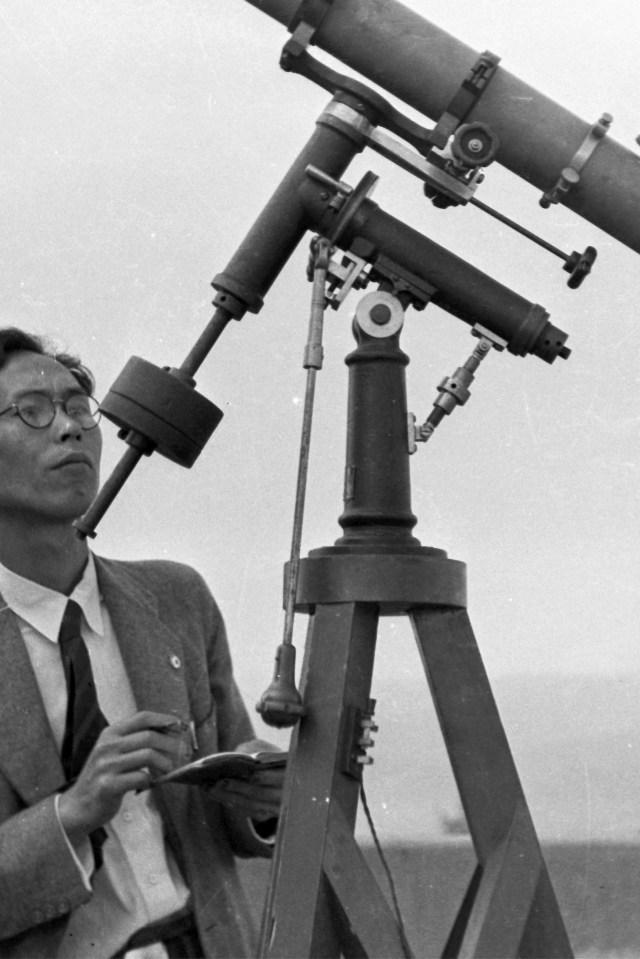
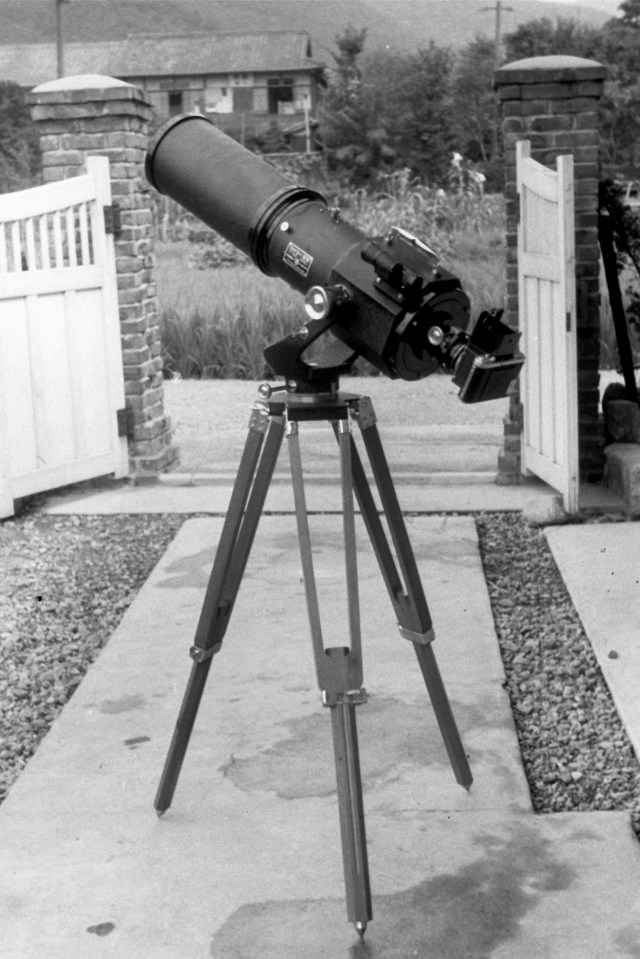
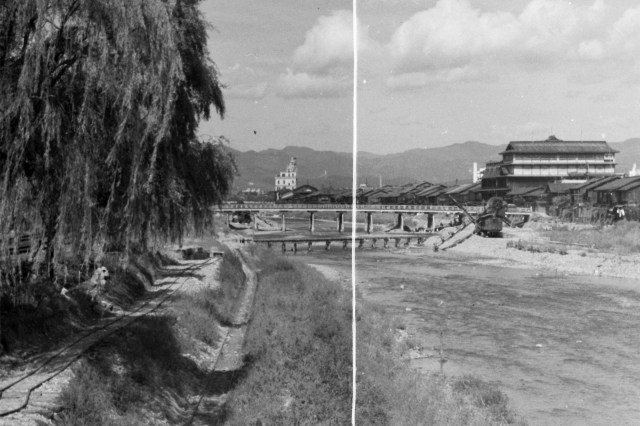
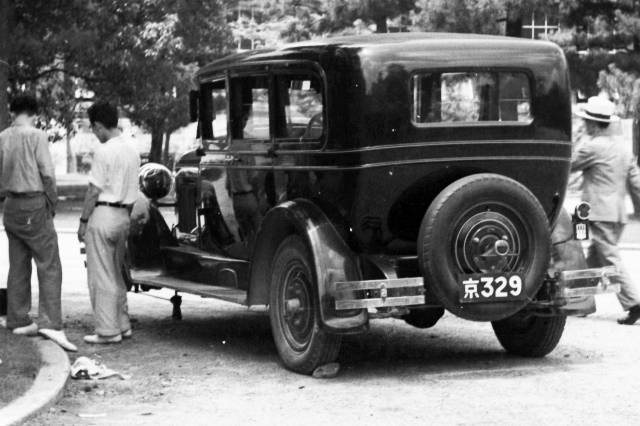
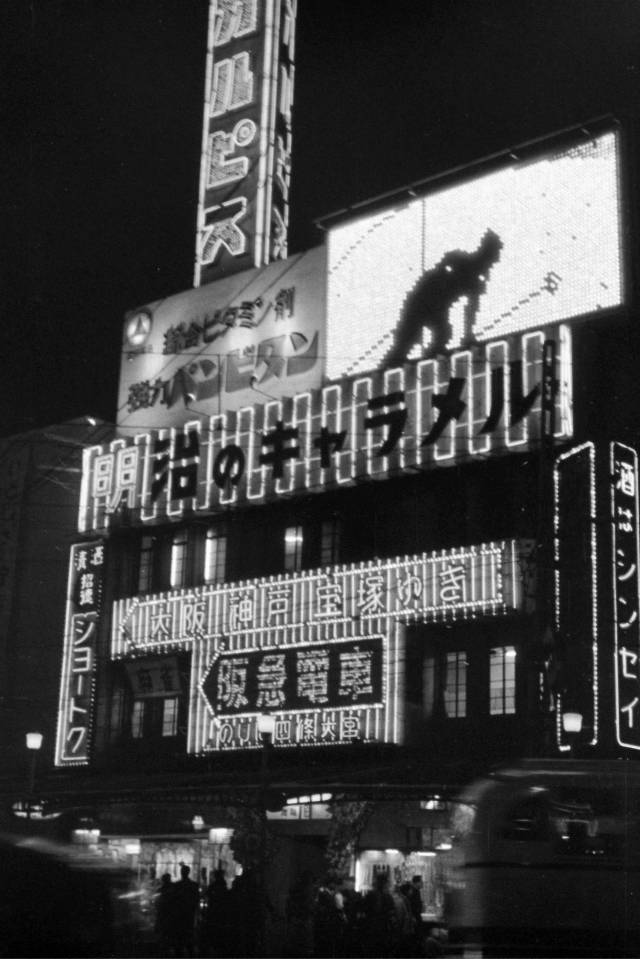

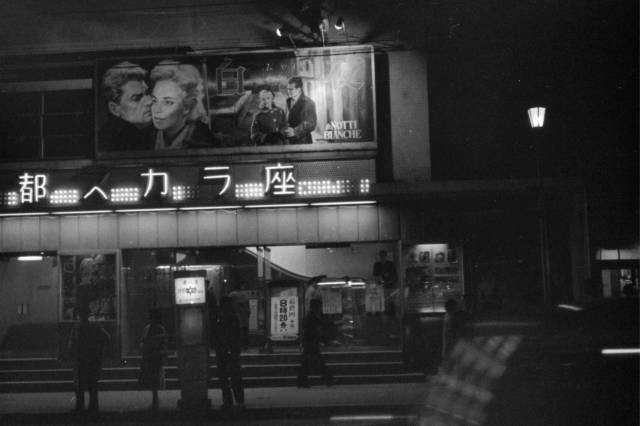
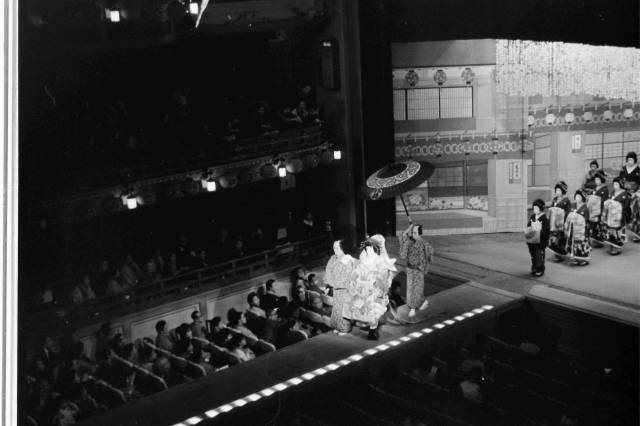
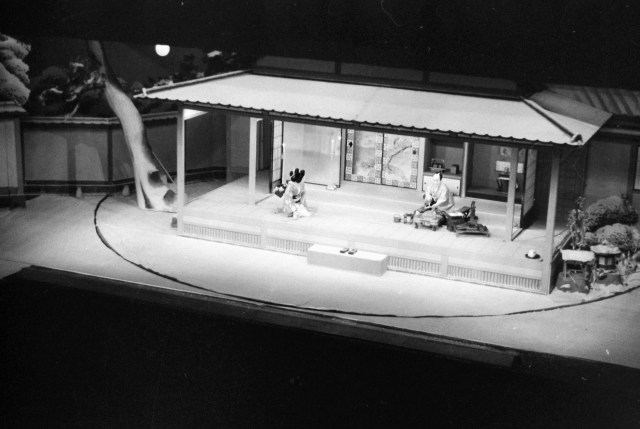
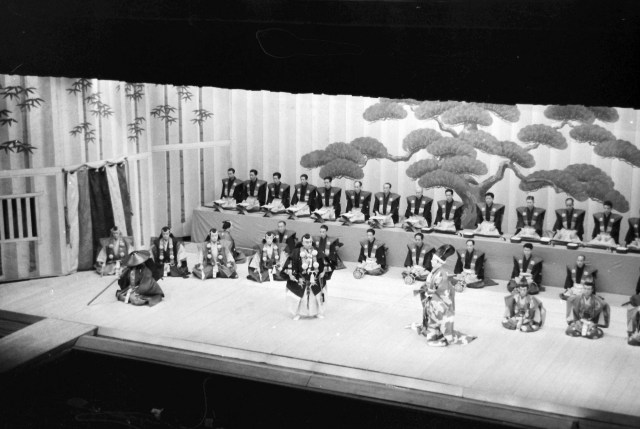
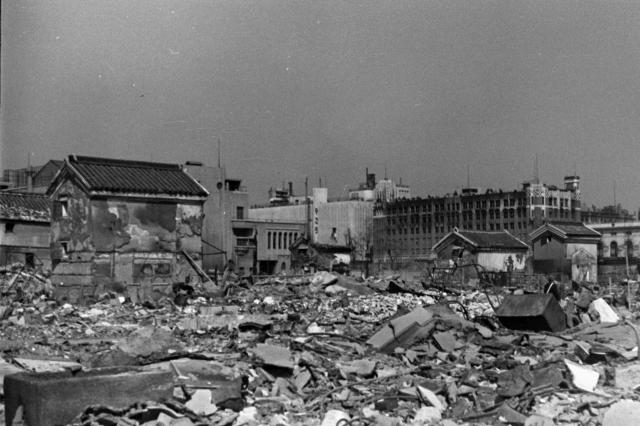
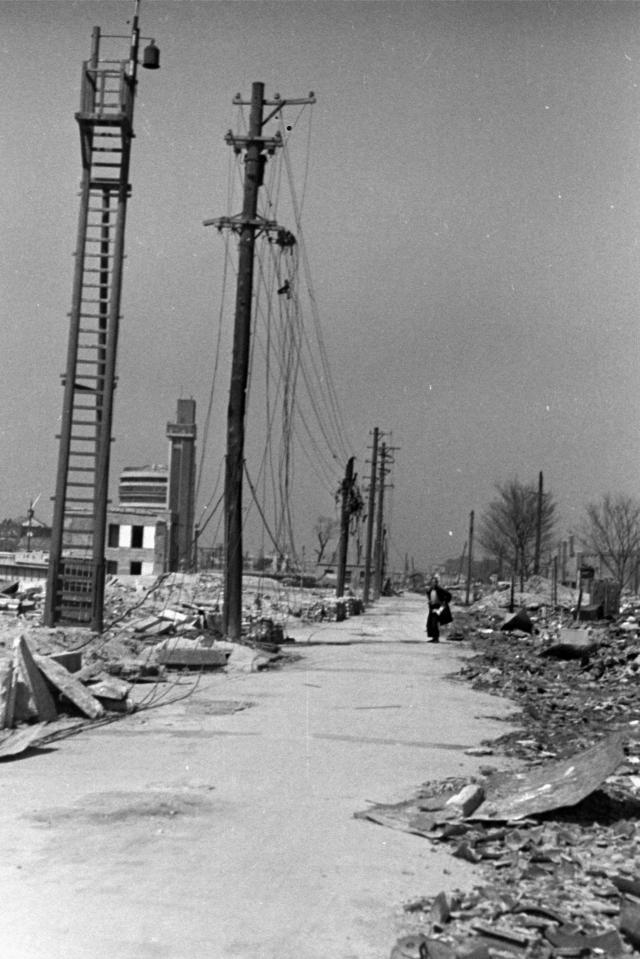
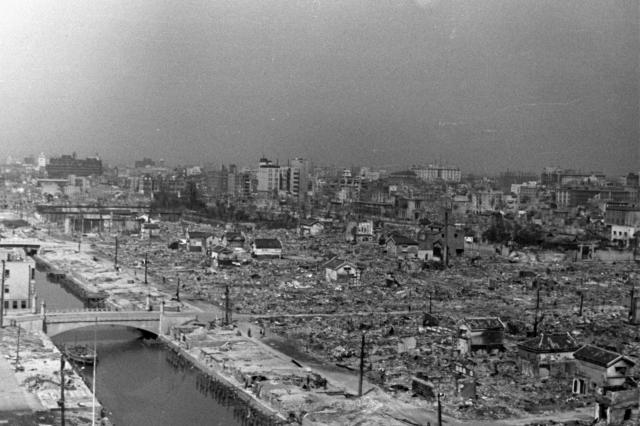
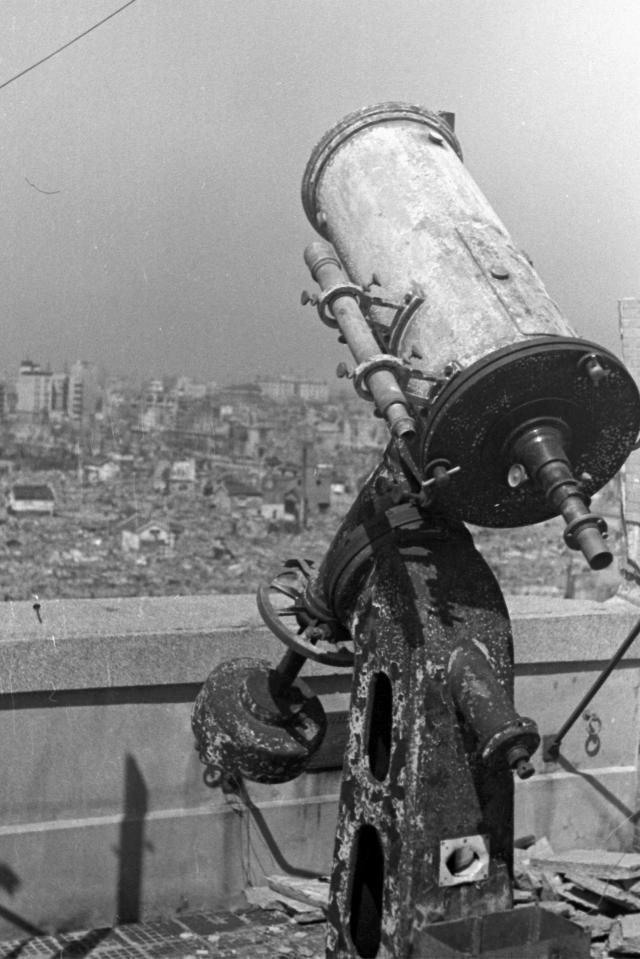
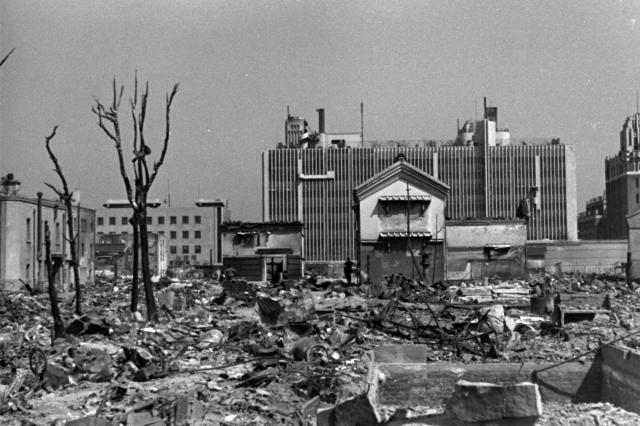
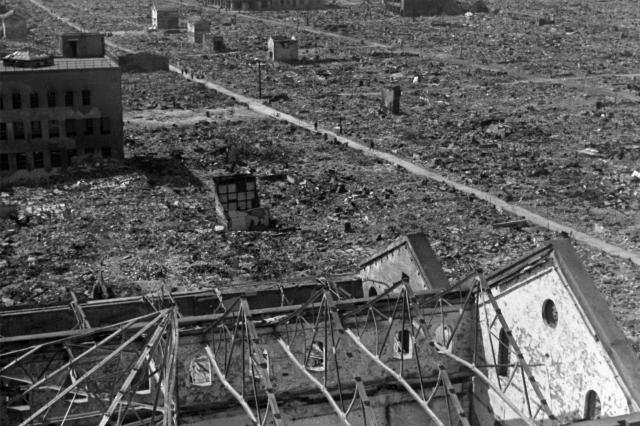
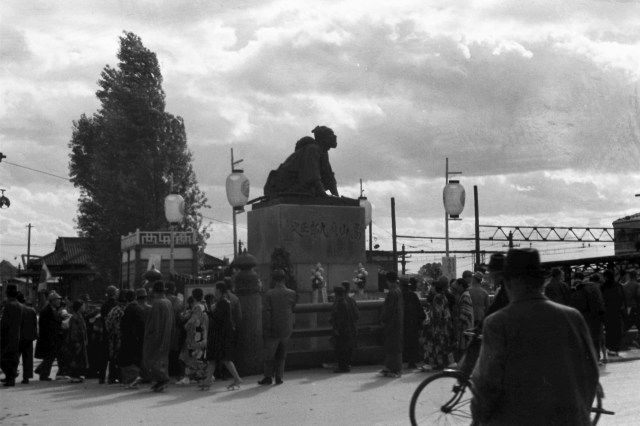
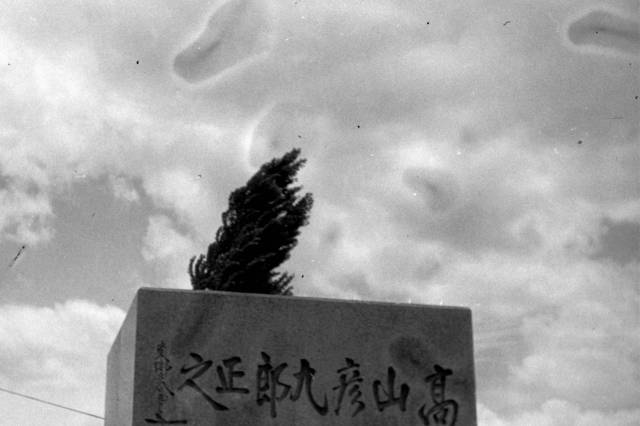
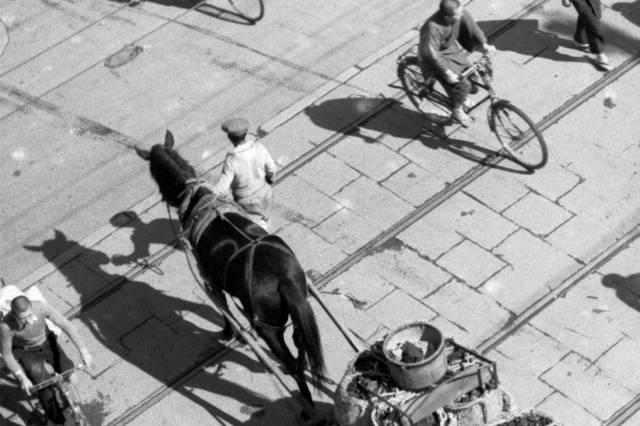
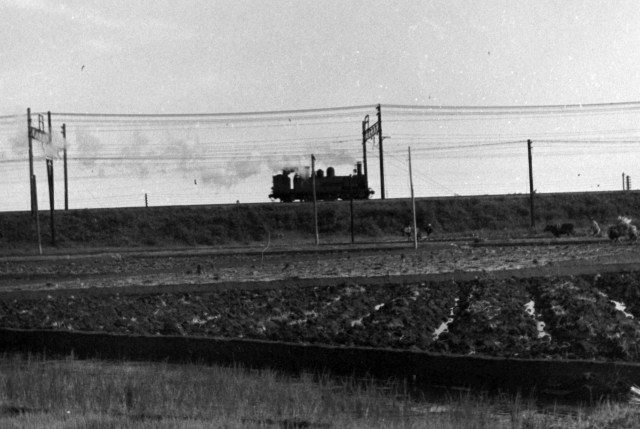
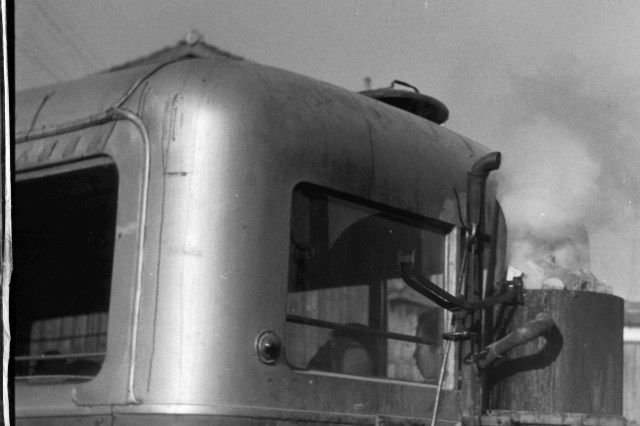
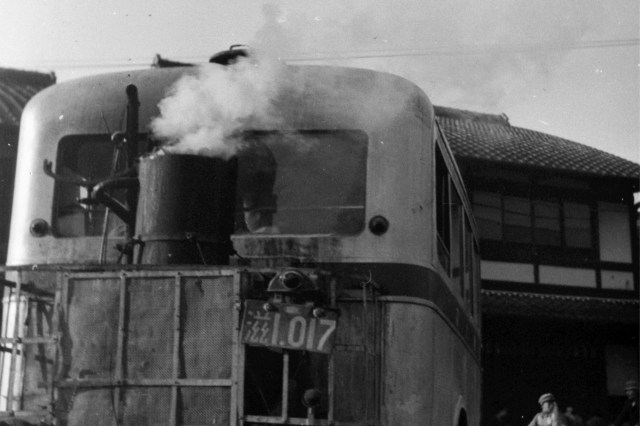
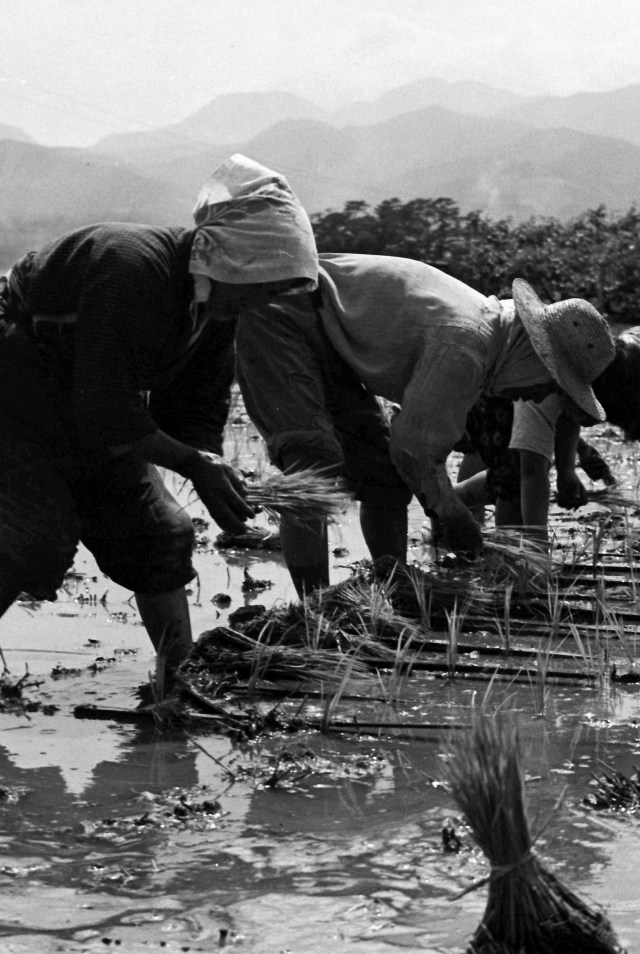
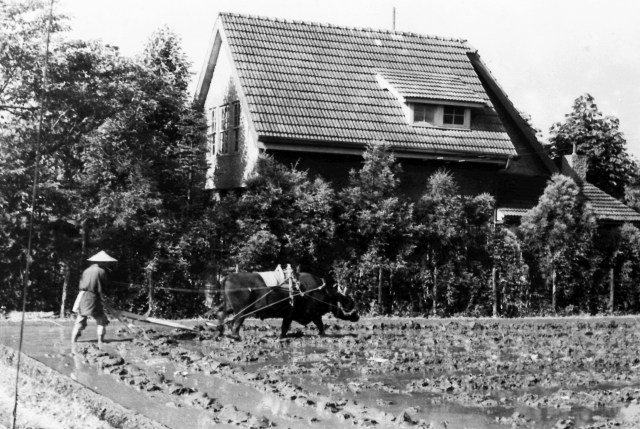
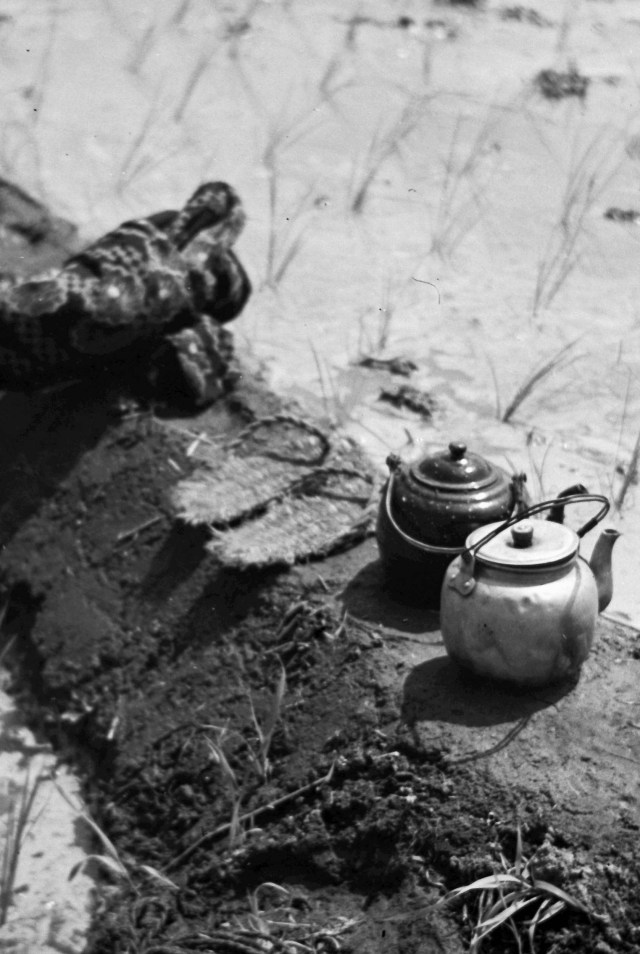
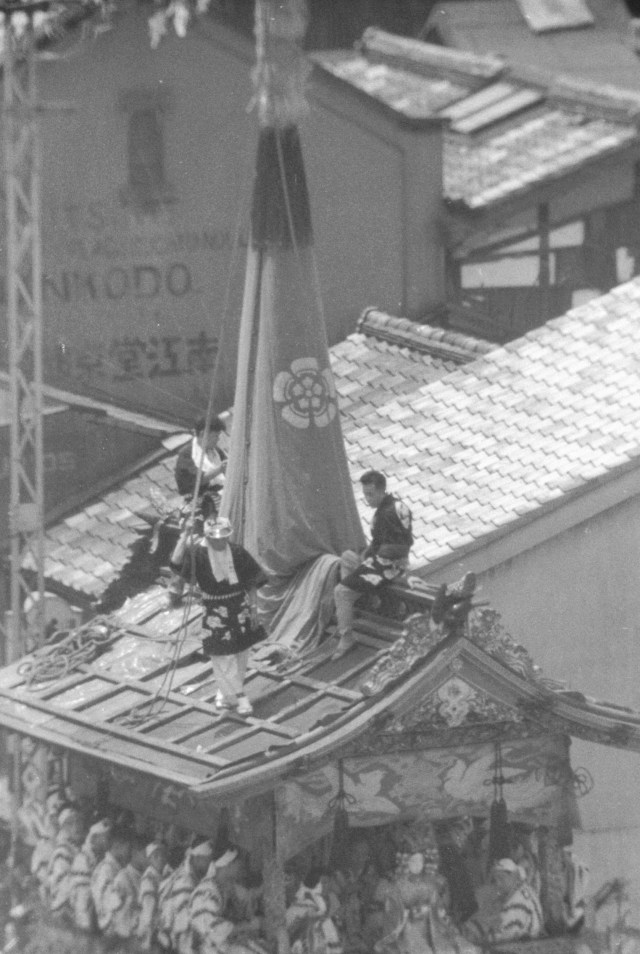
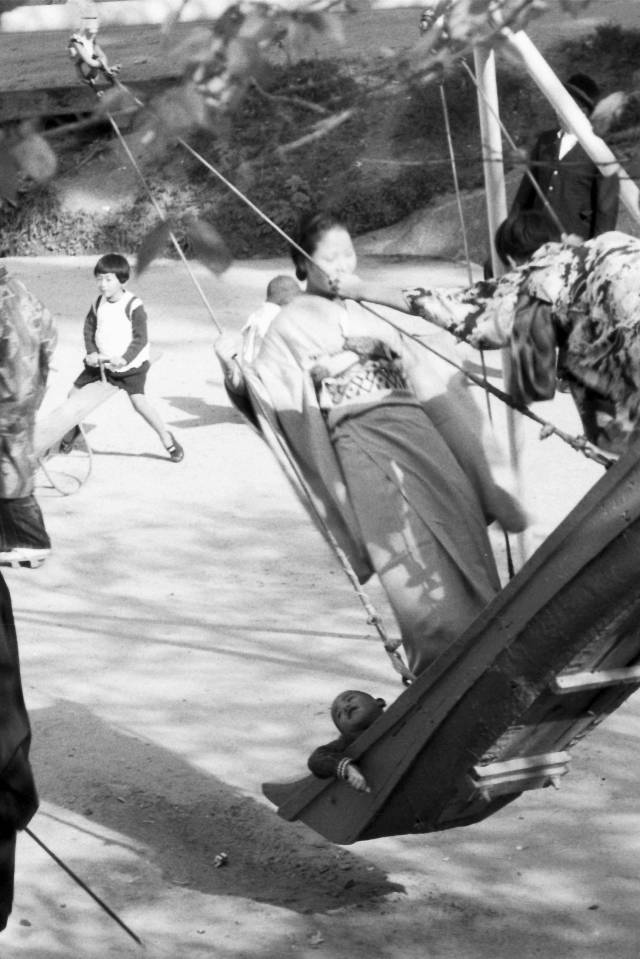
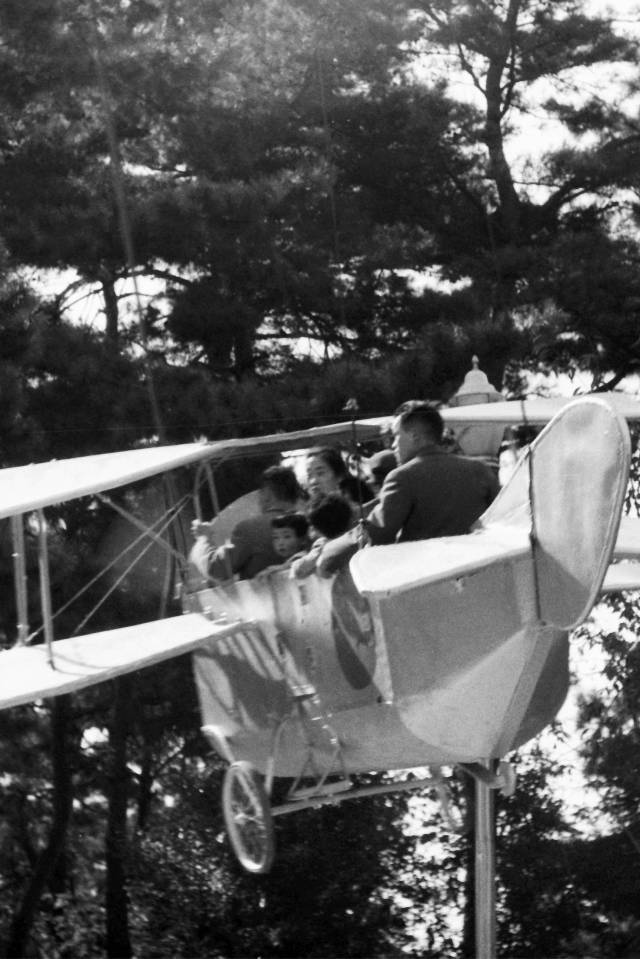
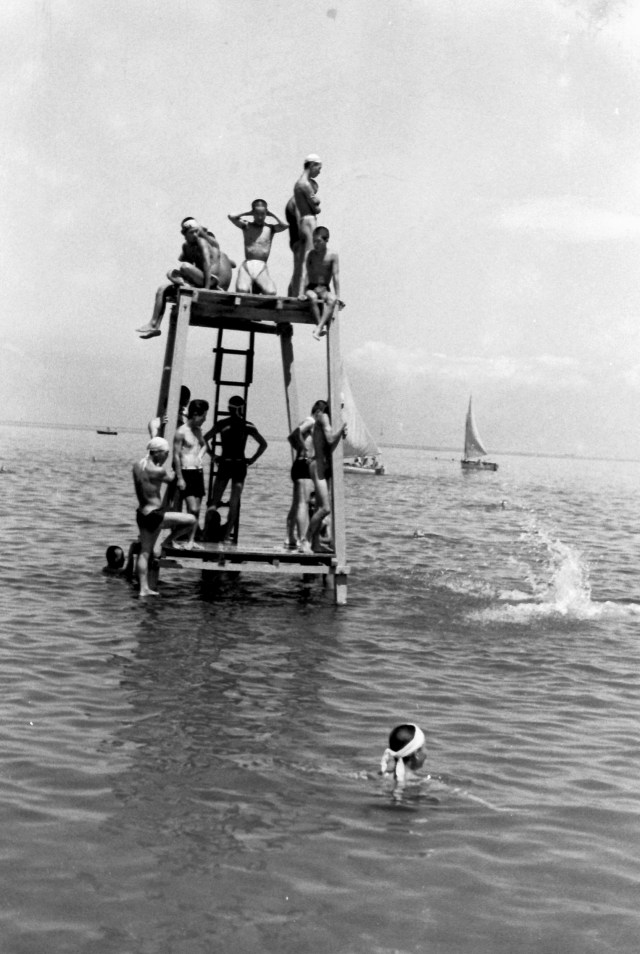
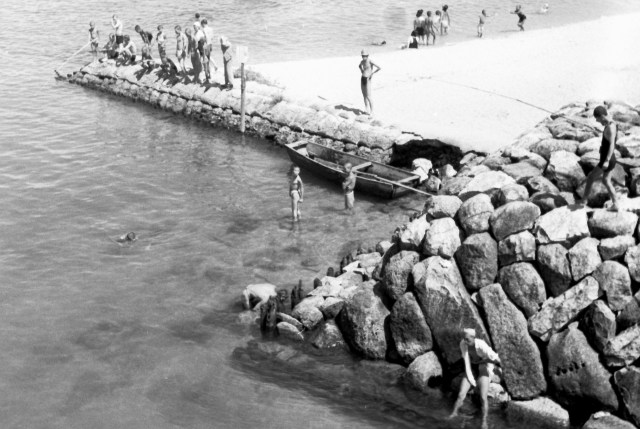
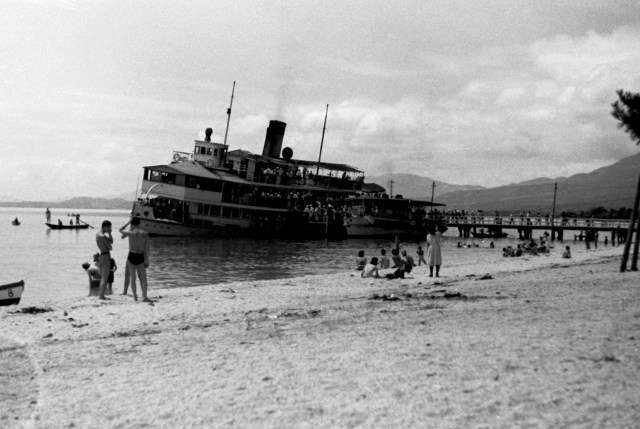

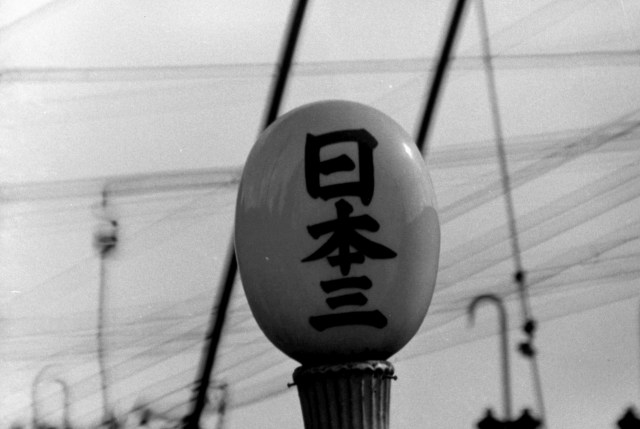
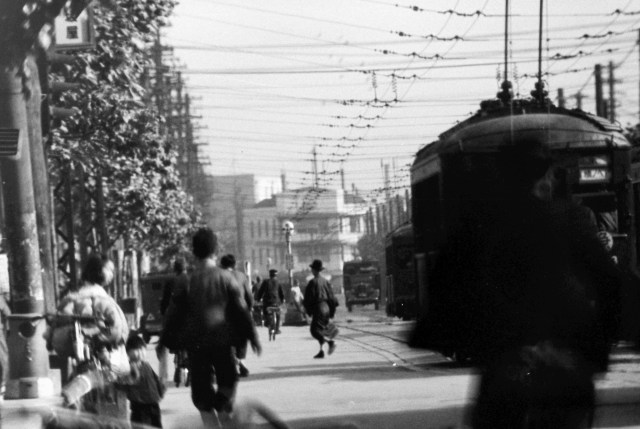
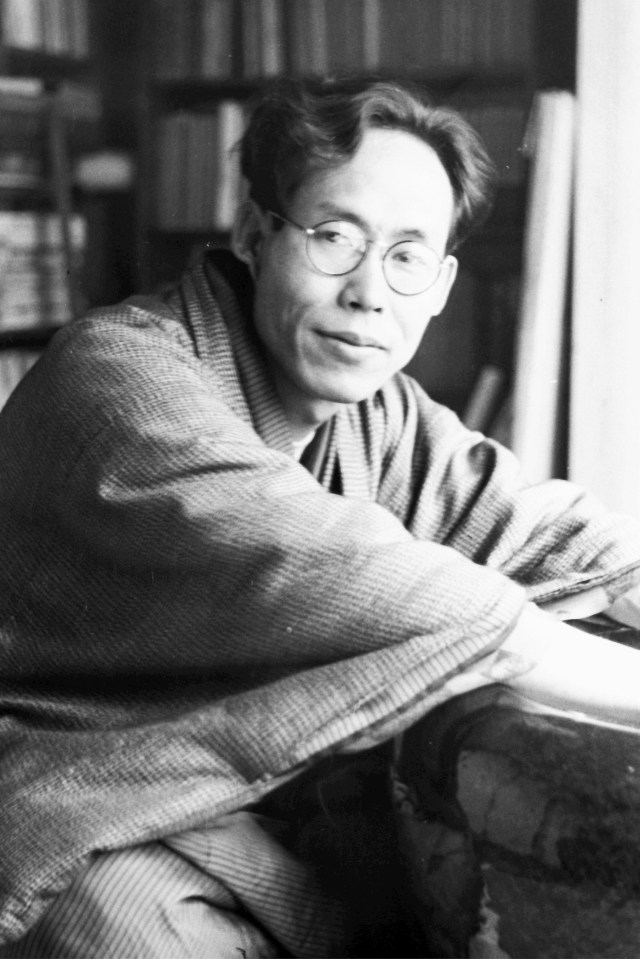
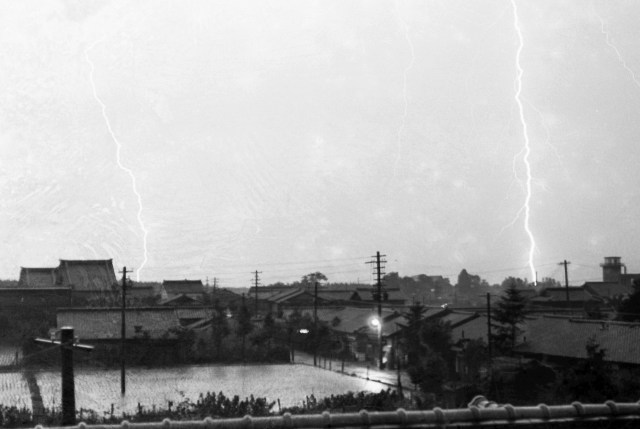
 Otaku mom starts diabolical plan to traumatize daughter with evil anime plushie years later【Pics】
Otaku mom starts diabolical plan to traumatize daughter with evil anime plushie years later【Pics】 We enjoyed Saitama’s finest hot springs, saunas, and views for less than 3,000 yen
We enjoyed Saitama’s finest hot springs, saunas, and views for less than 3,000 yen We visit the new Moominvalley Park, have a great time and learn a few life lessons along the way
We visit the new Moominvalley Park, have a great time and learn a few life lessons along the way Pulchra’s new Mikasa figure dodges hand of Titan
Pulchra’s new Mikasa figure dodges hand of Titan Japanese photographer captures the beauty of Kyoto in the snow 【Photos】
Japanese photographer captures the beauty of Kyoto in the snow 【Photos】 French Fries Bread in Tokyo’s Shibuya becomes a hit on social media
French Fries Bread in Tokyo’s Shibuya becomes a hit on social media Japanese ramen restaurants under pressure from new yen banknotes
Japanese ramen restaurants under pressure from new yen banknotes New private rooms on Tokaido Shinkansen change the way we travel from Tokyo to Kyoto
New private rooms on Tokaido Shinkansen change the way we travel from Tokyo to Kyoto McDonald’s new Happy Meals offer up cute and practical Sanrio lifestyle goods
McDonald’s new Happy Meals offer up cute and practical Sanrio lifestyle goods Sakura tree falls on man at Sannenzaka near Kiyomizu temple in Kyoto 【Breaking News】
Sakura tree falls on man at Sannenzaka near Kiyomizu temple in Kyoto 【Breaking News】 A trip to hell on Japan’s ‘vomit ship’: Is it as bad as everyone says it is?
A trip to hell on Japan’s ‘vomit ship’: Is it as bad as everyone says it is? We tried Korea’s way-too-big King Tonkatsu Burger at Lotteria 【Taste Test】
We tried Korea’s way-too-big King Tonkatsu Burger at Lotteria 【Taste Test】 Secret Kitchen bento serves Japanese flowers, birds, wind and moon in a box, but is it worth it?
Secret Kitchen bento serves Japanese flowers, birds, wind and moon in a box, but is it worth it? Japanese company starts project to restore Nakagin Capsules to capsule hotel
Japanese company starts project to restore Nakagin Capsules to capsule hotel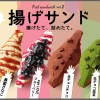 Fried sandwiches arrive in Tokyo, become hot topic on social media
Fried sandwiches arrive in Tokyo, become hot topic on social media All-you-can-drink Starbucks and amazing views part of Tokyo’s new 170 meter-high sky lounge
All-you-can-drink Starbucks and amazing views part of Tokyo’s new 170 meter-high sky lounge More foreign tourists than ever before in history visited Japan last month
More foreign tourists than ever before in history visited Japan last month Starbucks reopens at Shibuya Scramble Crossing with new look and design concept
Starbucks reopens at Shibuya Scramble Crossing with new look and design concept Studio Ghibli releases new action figures featuring Nausicaä of the Valley of the Wind characters
Studio Ghibli releases new action figures featuring Nausicaä of the Valley of the Wind characters Studio Ghibli glasses cases let anime characters keep an eye on your spectacles
Studio Ghibli glasses cases let anime characters keep an eye on your spectacles Is the new Shinkansen Train Desk ticket worth it?
Is the new Shinkansen Train Desk ticket worth it? Beautiful Ghibli sealing wax kits let you create accessories and elegant letter decorations【Pics】
Beautiful Ghibli sealing wax kits let you create accessories and elegant letter decorations【Pics】 Studio Ghibli releases Kiki’s Delivery Service chocolate cake pouches in Japan
Studio Ghibli releases Kiki’s Delivery Service chocolate cake pouches in Japan New definition of “Japanese whiskey” goes into effect to prevent fakes from fooling overseas buyers
New definition of “Japanese whiskey” goes into effect to prevent fakes from fooling overseas buyers Our Japanese reporter visits Costco in the U.S., finds super American and very Japanese things
Our Japanese reporter visits Costco in the U.S., finds super American and very Japanese things Studio Ghibli unveils Mother’s Day gift set that captures the love in My Neighbour Totoro
Studio Ghibli unveils Mother’s Day gift set that captures the love in My Neighbour Totoro Domino’s Japan now sells…pizza ears?
Domino’s Japan now sells…pizza ears? New Japanese KitKat flavour stars Sanrio characters, including Hello Kitty
New Japanese KitKat flavour stars Sanrio characters, including Hello Kitty New Pokémon cakes let you eat your way through Pikachu and all the Eevee evolutions
New Pokémon cakes let you eat your way through Pikachu and all the Eevee evolutions Sales of Japan’s most convenient train ticket/shopping payment cards suspended indefinitely
Sales of Japan’s most convenient train ticket/shopping payment cards suspended indefinitely Sold-out Studio Ghibli desktop humidifiers are back so Totoro can help you through the dry season
Sold-out Studio Ghibli desktop humidifiers are back so Totoro can help you through the dry season Japanese government to make first change to romanization spelling rules since the 1950s
Japanese government to make first change to romanization spelling rules since the 1950s Ghibli founders Toshio Suzuki and Hayao Miyazaki contribute to Japanese whisky Totoro label design
Ghibli founders Toshio Suzuki and Hayao Miyazaki contribute to Japanese whisky Totoro label design Doraemon found buried at sea as scene from 1993 anime becomes real life【Photos】
Doraemon found buried at sea as scene from 1993 anime becomes real life【Photos】 Tokyo’s most famous Starbucks is closed
Tokyo’s most famous Starbucks is closed One Piece characters’ nationalities revealed, but fans have mixed opinions
One Piece characters’ nationalities revealed, but fans have mixed opinions We asked a Uniqlo employee what four things we should buy and their suggestions didn’t disappoint
We asked a Uniqlo employee what four things we should buy and their suggestions didn’t disappoint Princesses, fruits, and blacksmiths: Study reveals the 30 most unusual family names in Japan
Princesses, fruits, and blacksmiths: Study reveals the 30 most unusual family names in Japan One yen camera: we bought an extremely cheap camera off Yahoo! Auctions and tested it out【Pics】
One yen camera: we bought an extremely cheap camera off Yahoo! Auctions and tested it out【Pics】 Student creates captivating display of “floating whales” to symbolise Buddhism’s Six Realms
Student creates captivating display of “floating whales” to symbolise Buddhism’s Six Realms Love blooms after loss: Japanese netizen commemorates grandparents’ romance, gardening skills
Love blooms after loss: Japanese netizen commemorates grandparents’ romance, gardening skills Japanese woman dreams of her late grandfather eating noodles, gets a sweet surprise in the morning
Japanese woman dreams of her late grandfather eating noodles, gets a sweet surprise in the morning Japanese grandpa’s “for fun” ink paintings are so divine they’re now part of a beautiful temple
Japanese grandpa’s “for fun” ink paintings are so divine they’re now part of a beautiful temple Famous Japanese wildlife photographer charms cats across the world 【Video】
Famous Japanese wildlife photographer charms cats across the world 【Video】 The odd phenomenon of some Japanese husbands making their wives put their socks on for them
The odd phenomenon of some Japanese husbands making their wives put their socks on for them Japanese Twitter revels in the wholesome, blurry hilarity of this daughter’s photo of her dad
Japanese Twitter revels in the wholesome, blurry hilarity of this daughter’s photo of her dad Aichi Prefectural Museum of Art forced to cover up “obscene” photos following complaint
Aichi Prefectural Museum of Art forced to cover up “obscene” photos following complaint Hippest grandpa in Japan stuns online with magazine-worthy photo shoots【Photos】
Hippest grandpa in Japan stuns online with magazine-worthy photo shoots【Photos】 Use this simple trick to create awesome photos of holiday lights this winter!
Use this simple trick to create awesome photos of holiday lights this winter! Yu-Gi-Oh! collector parts with ultra-rare cards worth more than $5,000 each, for his daughter
Yu-Gi-Oh! collector parts with ultra-rare cards worth more than $5,000 each, for his daughter Not as easy as it looks! The making of viral video “Mario Jumps into Battle”
Not as easy as it looks! The making of viral video “Mario Jumps into Battle”
Leave a Reply